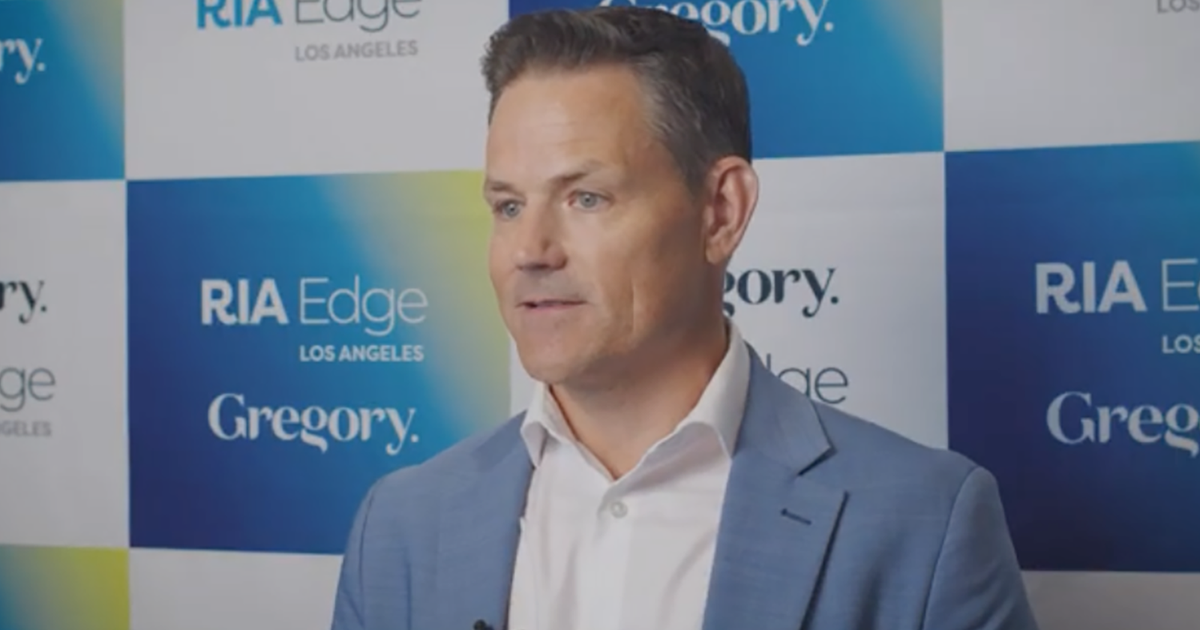TriplePundit • New Alliance Picks Up the PACE on Decarbonizing the World’s Buildings

Residential and commercial buildings account for 31 percent of greenhouse gas emissions in the United States, according to the most recent data from the U.S. Environmental Protection Agency. That’s no huge surprise. The built environment is where we spend most of our days and how we shape our communities and our lives. But pathways to reduce the carbon footprint of U.S. buildings are already in motion.
Those include weatherizing buildings, upgrading old equipment to improve efficiency, and switching from fossil fuels to electricity for heating, cooling and power. Yet financing continues to be an obstacle. The up-front costs can be substantial, and a property may change hands before the initial owner benefits from the full value of an upgrade.
But even as U.S. federal energy policies shift and some decarbonization programs are eliminated, one model designed to resolve the cost hurdle in modernizing buildings is still standing and set to expand.
The PACE path to building decarbonization
First introduced in the U.S. in 2008, the PACE (Property Assessed Clean Energy) model enables a building owner to pay over time for new equipment or upgrades through their property taxes. If the owner sells, the transaction remains linked to the property taxes, and the next owner assumes payment in the same manner.
The program proved increasingly popular in the years since. “PACE has continued to steadily grow despite political shifts and economic volatility,” the trade organization PACEnation noted in March. “Today the outlook for PACE is brighter than ever, and we expect PACE’s strong market position and growing adoption to drive further growth in 2025 and the years ahead.”
PACE financing is available to residential propety owners, as well as commercial buildings like offices, hotels and multifamily apartment complexes through a set of programs known as C-PACE. Experts are taking note of increased activity from commercial building owners, linked to growing awareness that PACE’s commercial branch, C-PACE, can complement conventional bank financing.
“For years, C-PACE lived in the shadows of commercial real estate finance,” a September article from the lender PACE Loan Group reads. “Banks viewed it with suspicion — if they understood it at all … But something fundamental has shifted. Commercial lenders across the country are discovering that C-PACE isn’t competition — it’s the solution to some of their biggest operational challenges.”
Picking up the C-PACE
With the urgent need for swift climate action in mind, the question now is how to accelerate the rate of PACE adoption. Here in the U.S., for example, only California, Florida and Missouri enable residential PACE financing. The picture is brighter though still incomplete for commercial PACE financing, which is now available in 32 U.S. states plus Washington, D.C., and PACE-type programs are only just beginning to emerge elsewhere around the world.
The Green Finance Institute has joined with the Climate Bonds Initiative to propose new standards that will foster the formation of a global PACE-type market, through the newly launched Global Property Linked Finance Initiative. Advisors on the initiative include Amalgamated Bank, C-PACE Alliance and Lloyds Banking Group, among others.
The partners estimate $34 trillion in new upgrades and retrofits to outdated buildings will be needed globally by 2050 to meet net-zero goals. They say the PACE model can help close the gap, building on its track record of success in the U.S. — where an estimated $18 billion in financing has been mobilized so far. “[PACE-like financing] offers a secure, low-risk investment opportunity for capital markets while overcoming key barriers to retrofit and resilience at scale,” the partners explain.
Accelerating the pace of technology
The Green Finance Institute and Climate Bonds Initiative proposed a suite of core principles for industry stakeholders to assess during a consultation period in October, leading to a formal adoption of the guidelines during the U.N. climate talks in Brazil next month.
The decarbonization technology needed to support the new initiative is already at hand. One leader in the C-PACE field, Nuveen Capital, advertises a long list of PACE-financed systems including water conservation, solar panels, roof replacements, automated controls and HVAC systems, among many other areas of improvement.
New, complementary industry alliances are also forming. During New York Climate Week in September, for example, the Global Solar Council expanded its mission to include energy storage systems, helping to accelerate the solar-plus-storage trend.
Utilities and leading building equipment stakeholders in the U.S. are also contributing new systems, two examples being a heat pump-enabled thermal energy recovery pilot project supported by the New York utility Con Edison and a new line of energy management tools introduced by the U.S. branch of the Japanese firm Daikin.
Advancements in building efficiency also continue in the startup field, where corporate support helps promising new technologies leap the divide between laboratory prototypes and commercial scaleup. On September 18, the ongoing IN2 collaboration between Wells Fargo and the National Renewable Energy Laboratory announced its 15th cohort of three awardees with a focus on building resiliency — including a new energy storage system developed by the New York startup MicroEra Power, a passive cooling system developed by SkyCool Systems of California, and an AI-enabled HVAC control system developed by California-based Verv Energy. Each of the awardees has received $250,000 to continue working with research teams at the National Renewable Energy Laboratory. The IN2 initiative also provides startups with a network of public and private sector investors and partners, with the aim of facilitating commercial adoption.
Despite the abrupt shift in federal energy policy this year, the business case for building decarbonization is not going away. Neither is the rest of the world, where public policy, technology and new financial instruments are combining to shepherd a new low-carbon global economy into being.
Image credit: Cj/Unsplash



Post Comment